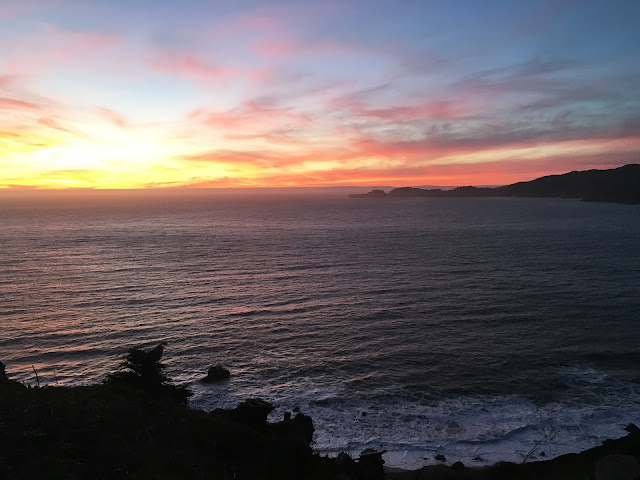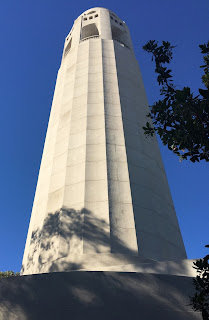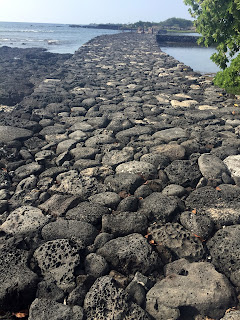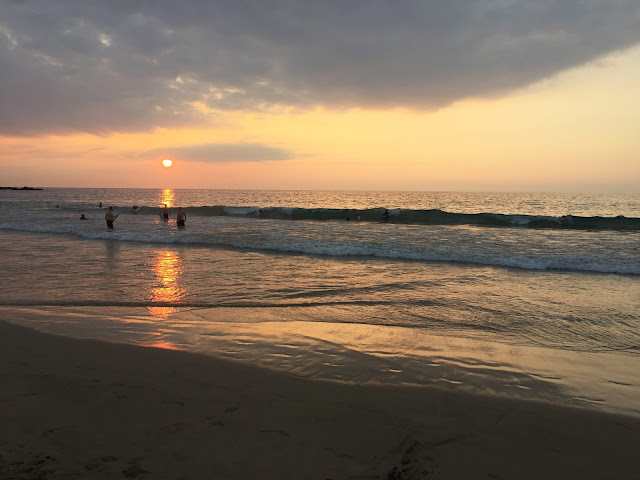Sharing and describing places I've visited is fine to a point, until straight summaries get dry and devoid of connection. In the same way, it's mildly unsatisfying to visit cities only to see but not learn from
having seen the buildings, streets, and people in these
places, which are all neutrally different from those in my hometown objectively speaking (generally). I note the surroundings, I appreciate the existence of the city, but after walking through street after street, can the visit resonate with me beyond my acknowledgement of it's shape?
I think people find interest in traveling through a plethora
of ways. If you’re interested in a subject, like architecture, history, or food, coming into contact with these things are per se interesting. Obviously, spending time with travel companions – to process new adventures together, enjoy their company, and know them better – is no doubt engaging. New places can create unusual and funny situations that add to your
personal stock of memorable experiences. Inhaling mental and physiological calm from viewing striking landscape is categorically valuable on the human level. Simply escaping regular life by traveling is a plus. Or
maybe you’re more easygoing than I am and seeing anything for the first time that you haven't exactly seen before is good enough. However, if none of these apply as they sometimes don't, the dilemma of locational apathy reemerges.
What I’ve always wanted to do but never understood how to accomplish was to make travel
fascinating by engaging with the culture of the city. I was in San Francisco recently, and the greater San Francisco area is known to have many “neighborhoods”
all right next to each other – the Hispanic part of town (Mission), the hipster
area (Hayes Valley), the expensive area (Pacific Heights), the Italian area
(North Beach); the list continues but you get the point. For each of the neighborhoods that a person doesn't personally identify with, I wonder if the key to an enriching visit is to notice something about the worldview (and value set) of
a different culture that reveals and explains fundamental differences from your
own. Experiencing how people can perceive and interact with
our world differently from oneself, and seeing the precipitation of root similarities as well as differences through all the small habitual divergences in daily life on a first hand basis - that's definitely interesting, I'd say.
 For the time in my life that I have the pleasure and opportunity to travel often, finding what makes travel meaningful to me is not only fruitful but in a way, necessary in establishing the value of how I spend my time.
For the time in my life that I have the pleasure and opportunity to travel often, finding what makes travel meaningful to me is not only fruitful but in a way, necessary in establishing the value of how I spend my time.









